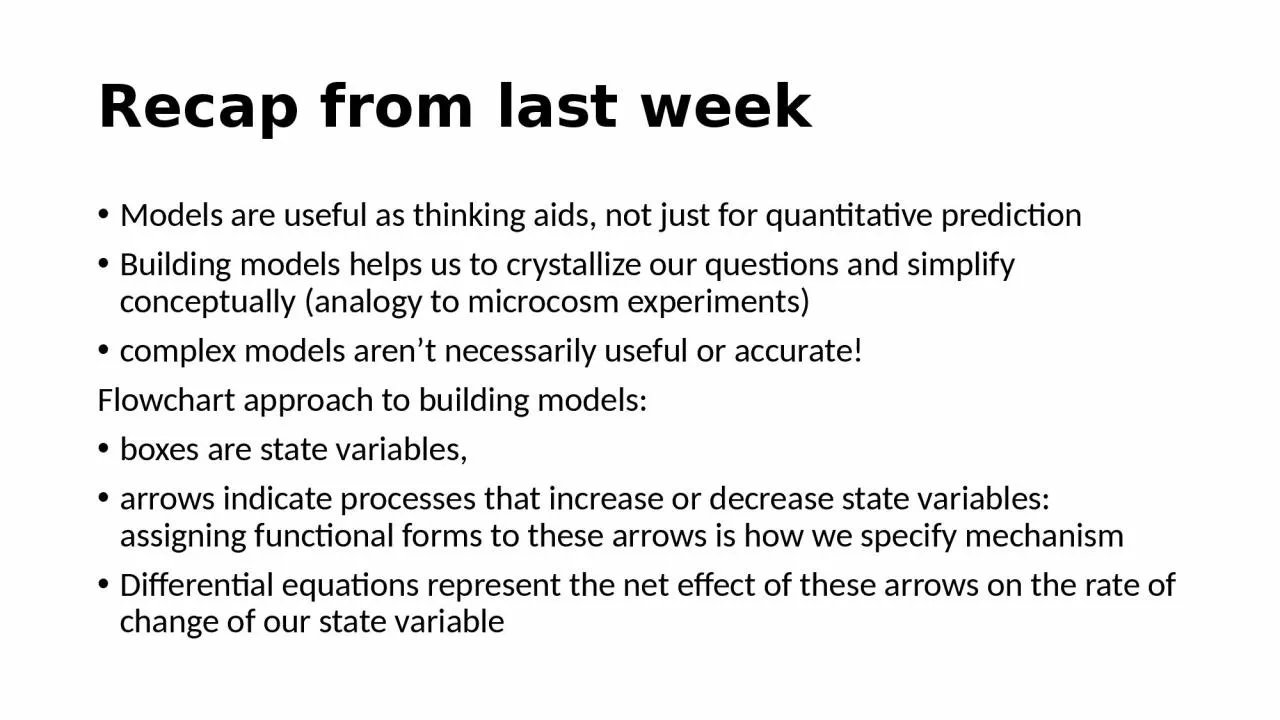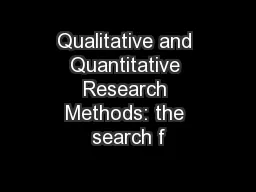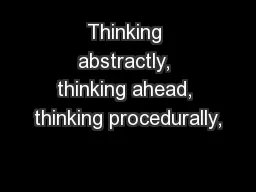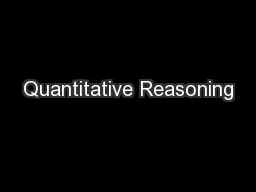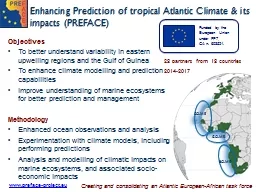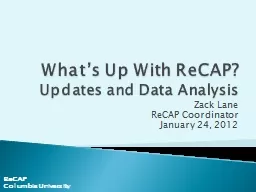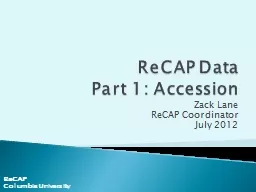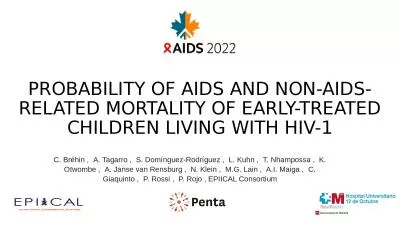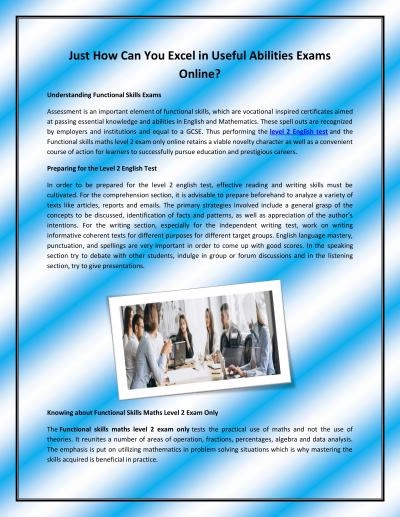PPT-Recap from last week Models are useful as thinking aids, not just for quantitative prediction
Author : isabella2 | Published Date : 2024-01-13
Building models helps us to crystallize our questions and simplify conceptually analogy to microcosm experiments complex models arent necessarily useful or accurate
Presentation Embed Code
Download Presentation
Download Presentation The PPT/PDF document "Recap from last week Models are useful a..." is the property of its rightful owner. Permission is granted to download and print the materials on this website for personal, non-commercial use only, and to display it on your personal computer provided you do not modify the materials and that you retain all copyright notices contained in the materials. By downloading content from our website, you accept the terms of this agreement.
Recap from last week Models are useful as thinking aids, not just for quantitative prediction: Transcript
Download Rules Of Document
"Recap from last week Models are useful as thinking aids, not just for quantitative prediction"The content belongs to its owner. You may download and print it for personal use, without modification, and keep all copyright notices. By downloading, you agree to these terms.
Related Documents

